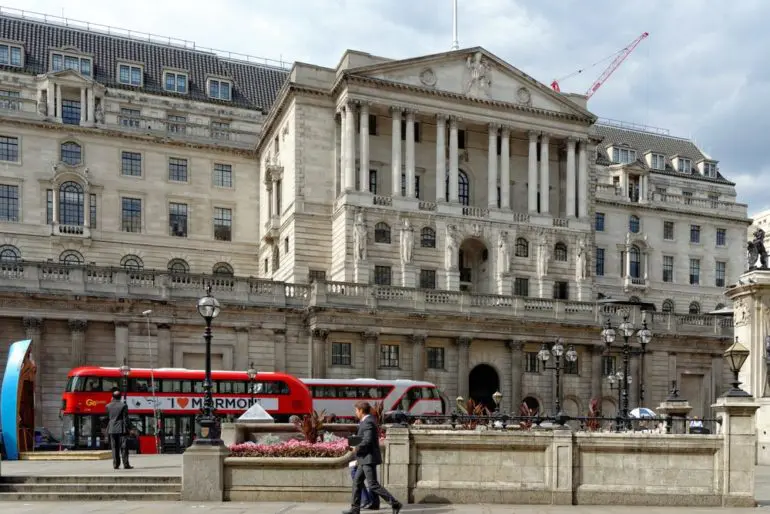The Bank of England is expected to raise interest rates for only the second time in a decade later on Thursday.
Economists and investors expect the Monetary Policy Committee (MPC) to increase rates from 0.5 per cent to 0.75 per cent.
Changes to the Bank rate affect tens of thousands of savings accounts, loans and mortgages.
This is because banks use it to as a reference point for the amount they pay savers and charge borrowers.
Any increase on Thursday would follow a similar rise in November 2017, when the MPC raised rates from a record low of 0.25%.
It would also take the so-called Bank Rate to its highest level since 2009.
Investors are betting there is more than a 90 per cent chance that interest rates will rise to 0.75 per cent.
Many economists had expected rates to rise earlier.
However, weak economic data, partly due to the freezing winter temperatures caused by the “Beast from the East” have seen the Bank keep rates on hold this year.
The UK economy expanded by just 0.2 per cent in the first three months of the year. Bank staff believe this weakness was temporary and expect the economy to expand by 0.4 per cent in the second quarter.
In June, three out of nine policymakers, including the Bank’s chief economist Andy Haldane, voted for rates to rise to 0.75 per cent. Five votes are needed to change policy.
While many analysts expect another split decision on Thursday, solid employment growth, steady pay growth and a rebound in consumer spending are expected to justify an increase.
Economists at Goldman Sachs expect Mark Carney, the Bank of England governor, to “stress that the August hike is a slow and steady step on the MPC’s path to normalisation”.


